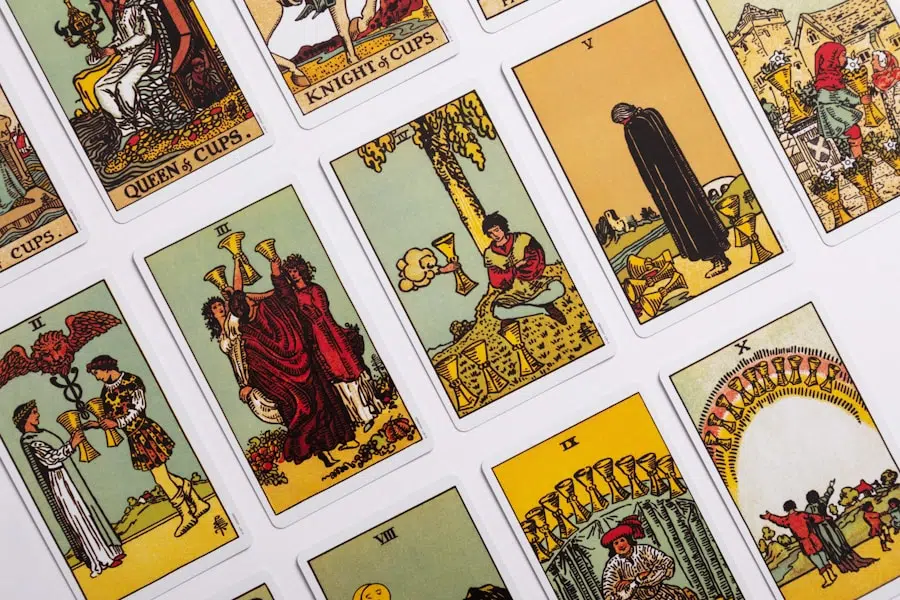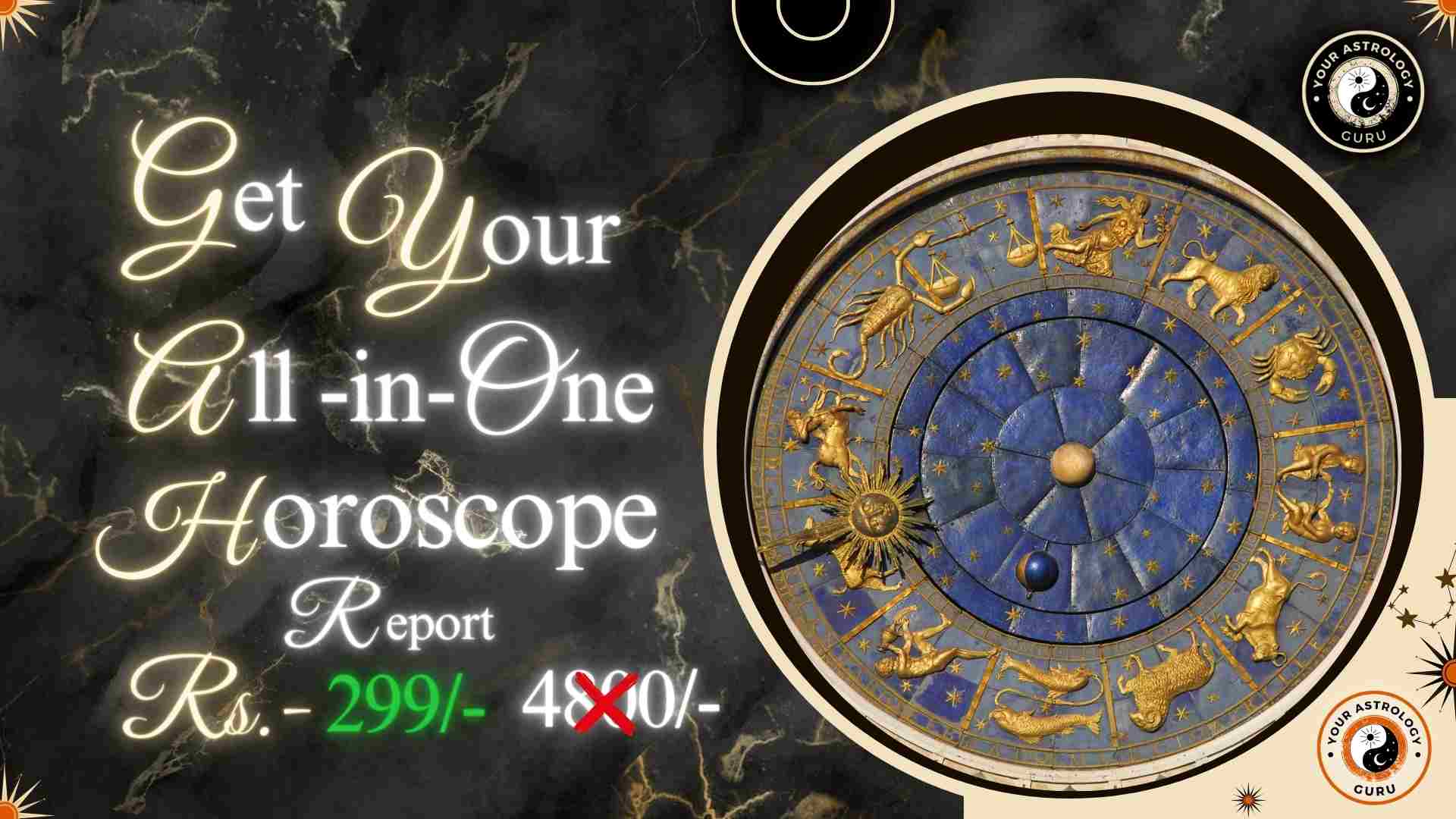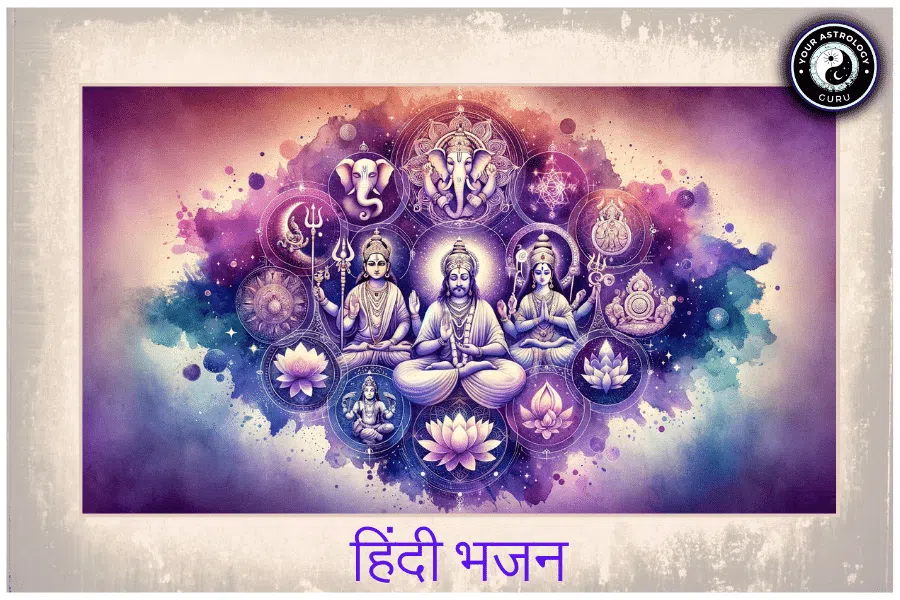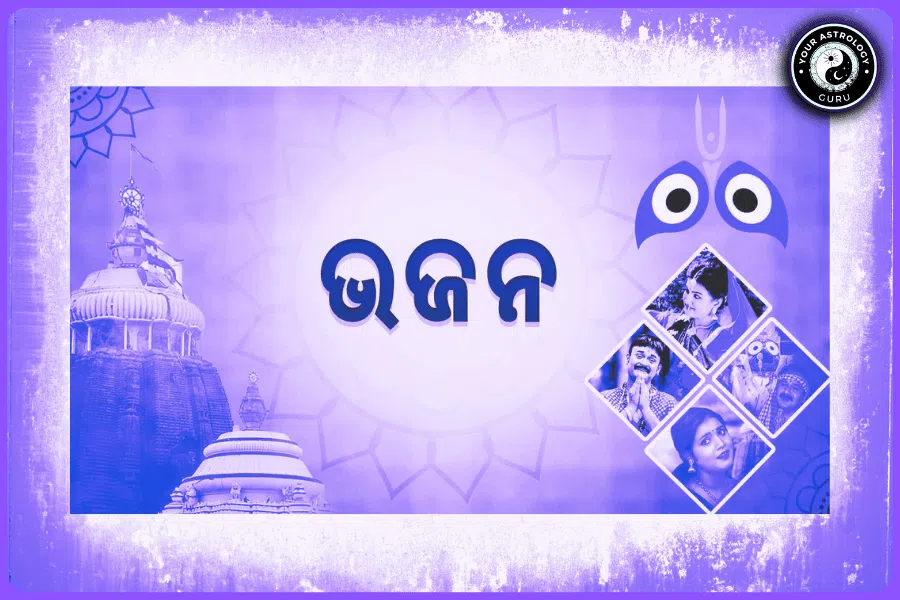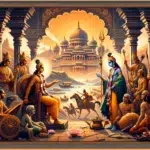The Padma Puran is one of the eighteen Mahapuranas, a genre of ancient Indian texts that are considered sacred in Hinduism. It is believed to have been composed between the 4th and 8th centuries CE and contains over 50,000 verses. The Padma Puran holds immense importance in Indian culture and tradition, as it plays a significant role in Hindu religious practices, preserves Indian mythology and history, and has influenced Indian literature and art. The study and understanding of this ancient text provide valuable insights into the rich cultural heritage of India.
Ancient texts hold a special place in Indian culture, as they are considered repositories of knowledge and wisdom. They provide a link to the past and offer guidance for present and future generations. These texts are not only revered for their religious significance but also for their historical, cultural, and philosophical insights. The Padma Puran is one such text that has been cherished by generations of Indians for its profound teachings, captivating stories, and its ability to connect people to their roots.
Table of Contents
The Significance of Padma Puran in Indian Culture and Tradition
The Padma Puran holds great significance in Indian culture and tradition. It is considered one of the most important Mahapuranas and is revered by Hindus across the country. The text is believed to have been narrated by Lord Vishnu himself to his devotee, Sage Narada. It covers a wide range of topics including cosmology, mythology, genealogy, geography, philosophy, and ethics.
The Padma Puran is deeply connected to Indian mythology and history. It contains numerous stories and legends about gods, goddesses, sages, kings, and heroes. These stories not only entertain but also provide moral lessons and teachings. The text also provides genealogical information about various dynasties that ruled ancient India, giving valuable insights into the country’s history.
Furthermore, the Padma Puran has had a profound influence on Indian literature and art. Many literary works, including poems, plays, and novels, have been inspired by the stories and teachings found in this ancient text. Artists have also depicted scenes from the Padma Puran in paintings, sculptures, and other forms of visual art. The text has played a crucial role in shaping the cultural identity of India.
Understanding the Structure and Content of Padma Puran
The Padma Puran is a vast text consisting of over 50,000 verses. It is divided into six books, known as Khandas, which are further divided into sections called Adhyayas. The six Khandas are:
1. Srishti Khanda (Book of Creation): This section describes the creation of the universe, the origin of gods and demons, and the various cycles of creation and destruction.
2. Bhumi Khanda (Book of Earth): This section provides information about the geography of the earth, including mountains, rivers, and sacred places.
3. Svarga Khanda (Book of Heaven): This section describes the celestial realms and the lives of gods and goddesses.
4. Brahma Khanda (Book of Brahma): This section contains stories about Lord Brahma, the creator of the universe, and his interactions with other deities.
5. Patala Khanda (Book of the Netherworld): This section explores the netherworld and its inhabitants, including demons and serpents.
6. Uttara Khanda (Book of Conclusion): This final section contains miscellaneous topics such as rituals, festivals, astrology, and ethical teachings.
The Padma Puran covers a wide range of subjects, making it a comprehensive source of knowledge about various aspects of life.
The Role of Padma Puran in Preserving Indian Mythology and History
In ancient India, knowledge was primarily transmitted orally through the guru-shishya (teacher-student) tradition. The Padma Puran played a crucial role in preserving the stories and legends of Indian mythology and history. The text served as a repository of knowledge that was passed down from generation to generation.
The Padma Puran contains numerous stories about gods, goddesses, sages, and heroes that were an integral part of Indian mythology. These stories were not only entertaining but also served as a means of imparting moral lessons and teachings. By preserving these stories, the Padma Puran ensured that the cultural and spiritual heritage of India was passed down through the ages.
Furthermore, the Padma Puran provides valuable insights into the history of ancient India. It contains genealogical information about various dynasties that ruled the country, giving historians a glimpse into the political and social structures of the time. The text also mentions important historical events and provides details about ancient cities, kingdoms, and empires.
The Importance of Padma Puran in Hindu Religious Practices
The Padma Puran holds immense importance in Hindu religious practices. It is considered a sacred text and is often recited during rituals and ceremonies. The verses from the Padma Puran are believed to have a purifying effect and are chanted to invoke blessings from the deities.
The text is closely connected to Hindu deities and beliefs. It contains hymns dedicated to various gods and goddesses, including Lord Vishnu, Lord Shiva, Goddess Lakshmi, and Goddess Durga. These hymns are recited by devotees as a form of worship and devotion.
The Padma Puran also provides detailed instructions on how to perform various rituals and ceremonies. It outlines the correct procedures for conducting religious rites, including prayers, offerings, and sacrifices. The text serves as a guide for priests and devotees alike, ensuring that religious practices are carried out in accordance with tradition.
The Stories and Legends of Padma Puran: An Insight into Indian Mythology
The Padma Puran is filled with captivating stories and legends that provide valuable insights into Indian mythology. These stories are not only entertaining but also serve as a means of imparting moral lessons and teachings.
One of the most popular stories in the Padma Puran is the tale of Lord Rama, the seventh avatar of Lord Vishnu. The story follows the life of Rama, his wife Sita, and his loyal devotee Hanuman. It explores themes of righteousness, devotion, and the triumph of good over evil.
Another well-known story is that of Lord Krishna, the eighth avatar of Lord Vishnu. The story of Krishna’s childhood and youth is filled with miracles, adventures, and divine love. It teaches important lessons about the power of faith, devotion, and selfless love.
The Padma Puran also contains stories about various other gods and goddesses, including Lord Shiva, Goddess Lakshmi, and Goddess Durga. These stories shed light on their divine powers, their interactions with humans, and their role in maintaining cosmic order.
The Teachings and Morals Embedded in Padma Puran
The Padma Puran is not just a collection of stories; it is also a repository of wisdom and teachings. The text contains numerous moral lessons and philosophical insights that are relevant to people of all ages.
One of the key teachings of the Padma Puran is the importance of dharma, or righteousness. The text emphasizes the need to lead a virtuous life and to fulfill one’s duties towards oneself, society, and the divine. It teaches that by following dharma, one can attain spiritual liberation and eternal bliss.
The Padma Puran also emphasizes the power of devotion and faith. It teaches that by surrendering oneself to a higher power and cultivating a deep sense of devotion, one can overcome all obstacles and attain spiritual enlightenment.
Furthermore, the text explores the concepts of karma and reincarnation. It teaches that every action has consequences and that one’s actions in this life will determine their fate in future lives. This teaching serves as a reminder to lead a righteous and ethical life.
Padma Puran and Its Influence on Indian Literature and Art
The Padma Puran has had a profound influence on Indian literature and art. Many literary works, including poems, plays, and novels, have been inspired by the stories and teachings found in this ancient text.
The stories from the Padma Puran have been retold and adapted in various regional languages across India. They have served as a source of inspiration for poets, playwrights, and storytellers throughout history. These literary works not only entertain but also educate and inspire readers.
In addition to literature, the Padma Puran has also influenced various forms of visual art. Artists have depicted scenes from the text in paintings, sculptures, and other artistic mediums. These artworks not only showcase the artistic skills of the creators but also serve as a means of preserving and propagating the stories and teachings of the Padma Puran.
The Relevance of Padma Puran in Modern India
Despite being composed centuries ago, the Padma Puran continues to hold great relevance in modern India. It is still widely read and revered by Hindus across the country.
The text is considered a sacred scripture and is often consulted during religious rituals and ceremonies. The verses from the Padma Puran are chanted to invoke blessings from the deities and to seek guidance in times of need. The teachings and moral lessons embedded in the text continue to inspire people to lead virtuous lives.
Furthermore, the Padma Puran plays an important role in shaping the cultural identity of India. It serves as a reminder of the country’s rich heritage and traditions. By studying and understanding this ancient text, Indians can connect with their roots and gain a deeper appreciation for their cultural heritage.
Exploring the Cultural Diversity of India through Padma Puran
India is known for its rich cultural diversity, with each region having its own unique traditions, customs, and beliefs. The Padma Puran provides a window into this cultural diversity, as it contains stories and legends from different parts of the country.
The text reflects the regional and cultural variations in India through its stories, characters, and settings. It showcases the different gods and goddesses worshipped in different regions, as well as the unique customs and rituals associated with them.
By studying the Padma Puran, one can gain a deeper understanding of the cultural diversity of India and appreciate the richness of its traditions. It serves as a reminder that despite the differences, there is a common thread that unites all Indians – their shared cultural heritage.
The Enduring Legacy of Padma Puran in Indian Culture and Heritage
The Padma Puran holds immense significance in Indian culture and heritage. It plays a crucial role in Hindu religious practices, preserves Indian mythology and history, and has influenced Indian literature and art. The text provides valuable insights into the rich cultural heritage of India and serves as a reminder of the country’s ancient wisdom and traditions.
It is important to preserve and understand ancient texts like the Padma Puran to ensure that future generations have access to this valuable knowledge. These texts not only provide a link to the past but also offer guidance for present and future generations. By studying and appreciating these texts, we can gain a deeper understanding of our cultural identity and heritage. The Padma Puran continues to be a source of inspiration and wisdom for millions of people in India and around the world.





